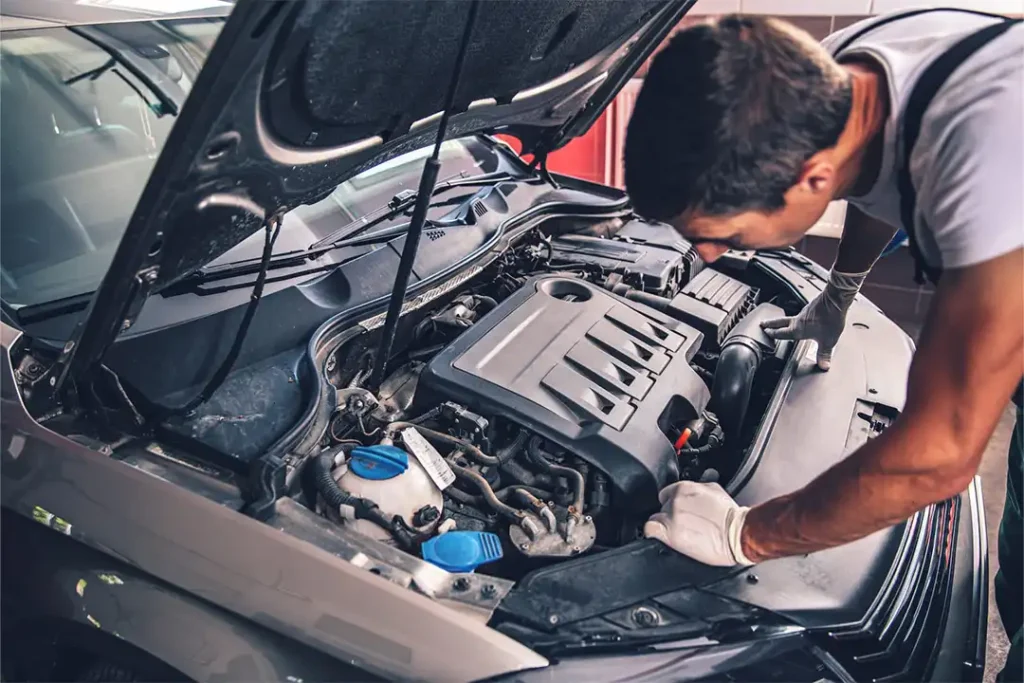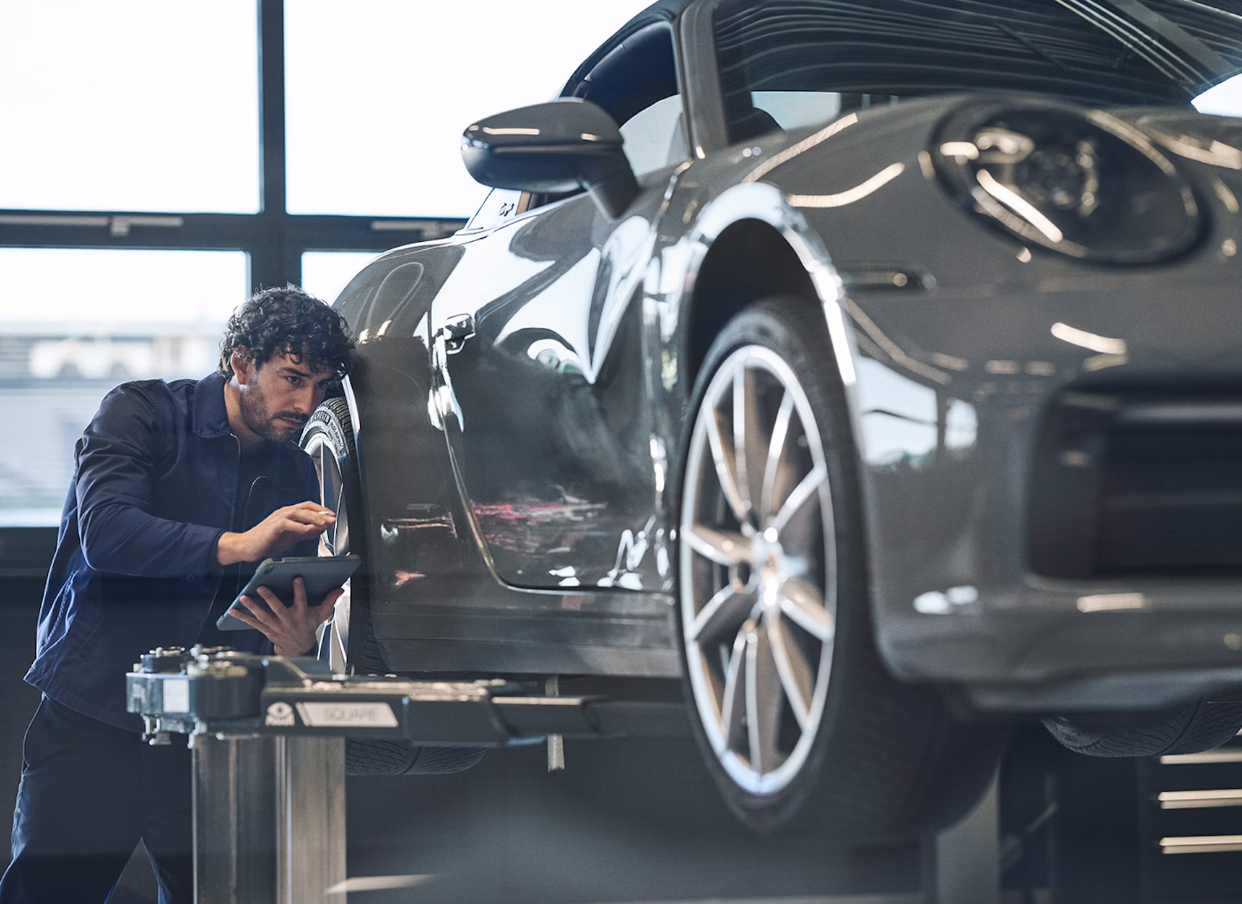Car wrapping is an innovative and versatile way to enhance the appearance of your vehicle. Whether you want to promote your business, give your car a new look, or protect its original paintwork, car wrapping offers a solution. The process involves applying high-quality vinyl wraps to the car’s surface, which can be customised to your liking. This blog will guide you through the entire car wrapping process, from designing a unique wrap to its flawless installation, ensuring you understand what goes into transforming your vehicle.
What is Car Wrapping?
Car wrapping is the process of applying a large sheet of vinyl film over the exterior of a vehicle to alter its appearance. Car wrapping can be a great alternative to traditional paint jobs, offering more flexibility and cost-effectiveness. Car wrapping is available in various finishes such as matte, gloss, satin, and even textured options, giving vehicle owners endless design possibilities. Not only does it enhance the aesthetics of your vehicle, but it also protects the paint underneath from scratches, UV damage, and dirt, making it a practical solution for preserving your car’s original finish.
The Car Wrapping Process: Step-by-Step Guide
Initial Consultation and Design Phase
The first step in any successful car wrapping project is the design process. During the consultation, the car wrapping experts work closely with the customer to understand their vision and preferences. The car wrapping design phase includes selecting the right vinyl, choosing between full or partial wraps, and ensuring the design complements the shape and contours of the vehicle. The car wrapping team uses advanced software to create a digital mock-up, ensuring that the final product will match the customer’s expectations precisely.
Preparing the Vehicle
Proper preparation is key to a successful car wrapping job. Before the car wrap is applied, the vehicle must be thoroughly cleaned to ensure that no dirt or grease interferes with the adhesion of the vinyl. In some cases, parts of the car may need to be removed to ensure a smoother, more seamless installation of the car wrap. The cleaner the surface, the better the car wrapping material will stick, ensuring a long-lasting and flawless finish.
Printing and Cutting the Wrap
Once the design is finalised, the car wrapping process moves to the printing stage. The vinyl is printed using high-resolution technology, ensuring the colours and graphics are sharp and vibrant. Precision cutting is crucial in the car wrapping process, as the vinyl needs to fit perfectly according to the vehicle’s dimensions. Expert cutters ensure the wrap is shaped accurately to fit every curve and angle of the car, ready for installation.
Installation: Applying the Wrap
Applying the car wrap is a delicate process that requires skill and attention to detail. The vinyl sheets are carefully applied to the car’s surface using heat and pressure to ensure that they fit snugly without any air bubbles. Car wrapping specialists use squeegees and other tools to smooth out the wrap, making sure that the vinyl adheres securely to the vehicle. This step is crucial to ensuring a seamless finish and that the wrap’s edges are well-defined.
Final Touches and Inspection
Once the car wrapping is applied, the final touches are crucial to achieving a flawless look. Excess vinyl is trimmed away, and the edges are tucked neatly around door handles, windows, and other intricate details. The car wrapping team performs a thorough inspection to ensure that the wrap is free from air bubbles, wrinkles, or imperfections. The inspection ensures that the wrap is applied perfectly, providing a smooth, uniform appearance across the entire vehicle.
Benefits of Car Wrapping
Car wrapping offers a host of benefits beyond just aesthetics. One of the main advantages of car wrapping is that it allows you to completely transform the look of your vehicle without the permanence of a traditional paint job. Whether you’re looking to showcase a custom design or add a unique colour, car wrapping offers endless possibilities. Additionally, car wrapping protects the original paintwork of your vehicle, shielding it from scratches, fading, and other environmental factors. It is also a more affordable option compared to repainting, and if you ever decide to change the design, the wrap can be removed without damaging the underlying surface.
Common Misconceptions About Car Wrapping
There are several misconceptions about car wrapping that can deter people from considering it as an option. One common myth is that car wrapping can damage the vehicle’s paint. In reality, high-quality car wrapping vinyl is designed to protect the paint underneath, keeping it safe from environmental elements. Another misconception is that car wrapping is difficult to remove, but professional installers can safely remove the wrap without leaving any residue or damaging the car’s surface. With proper care, car wraps can be easily maintained and can last for several years.
How to Maintain a Car Wrap for Longevity
To ensure your car wrap stays looking its best, proper maintenance is essential. Washing your car regularly is important to keep dirt and grime from accumulating, but it’s best to avoid using harsh chemicals or abrasive cleaning tools that could damage the vinyl. Opt for a soft cloth or sponge and use water-based cleaners. Additionally, keeping your car in a garage or shaded area can help protect the wrap from prolonged sun exposure, which may cause the colours to fade over time. With the right care, a well-maintained car wrap can last for several years, continuing to protect your vehicle and maintain its visual appeal.
Takeaway
Car wrapping is an innovative and versatile solution for those looking to transform the appearance of their vehicle. From custom designs that reflect your personal style to a flawless installation process that ensures longevity, car wrapping offers numerous benefits. Whether you’re looking to promote your business or simply give your vehicle a fresh look, the car wrapping process provides a cost-effective and durable option.










